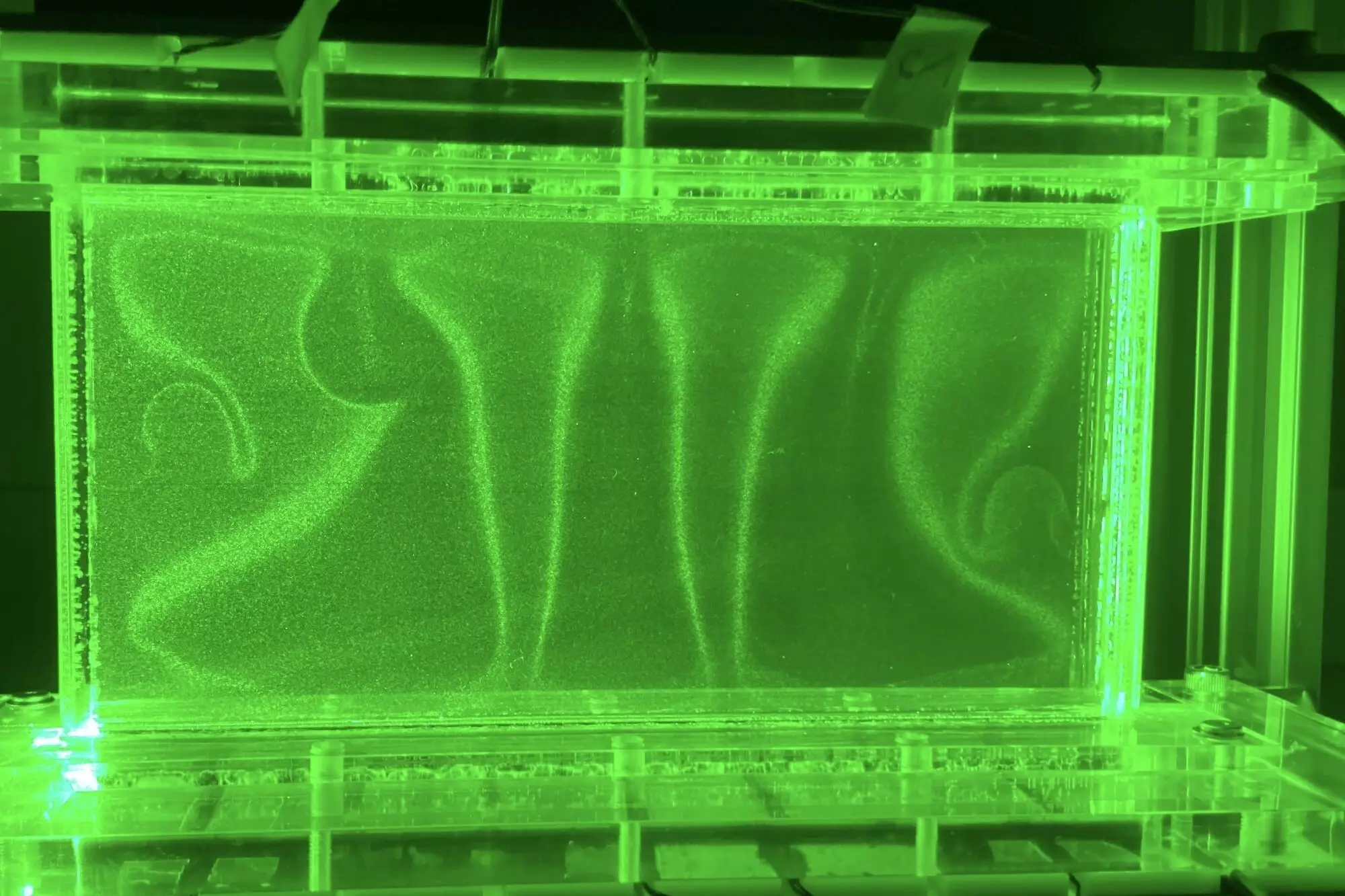In today’s culinary landscape, there’s no denying the impact of social media on how we approach home cooking. A simple search for “air fryer recipe” can unfurl a treasure trove of visually impressive, mouth-watering videos that promise quick, easy meals. With the growing emphasis on health consciousness, these devices are marketed as the healthier alternative to traditional frying methods, enabling home chefs to indulge their cravings without the guilt. However, beneath this seemingly straightforward technology lays a complex science that warrants a closer examination.
Air fryers utilize the principle of convection to cook food—an age-old technique, yet one that’s still profound in its implications. This heating method leverages the natural movement of hot air to achieve cooking temperatures much more evenly than conventional methods. It wraps your food in a cocoon of hot air, ensuring that every bite is crisp and delicious while requiring significantly less oil than traditional frying. This not only leads to fewer calories but also gives a clean, less messy cooking experience.
The Science Behind the Sizzle: Convection’s Role in Cooking
At the core of the air fryer’s functionality is convection—the transfer of heat through the motion of fluids. Fluid dynamics scientist Hugo Ulloa from the University of Pennsylvania elucidates the mechanics behind convection, describing it as a fascinating interplay of temperature gradients and density differences. Simply put, when a pot of water is heated from the bottom, hot water rises while cooler water sinks, creating a continuous cycle of movement. This principle isn’t exclusive to kitchens; it resonates throughout nature, affecting everything from ocean currents to geological phenomena.
Diving deeper into the mechanics of heat transfer, researchers like Ulloa, alongside Daisuke Noto and Juvenal A. Letelier, have sought to investigate how these processes differ within confined spaces. Their findings, published in the *Proceedings of the National Academy of Sciences*, offer profound insights into the complex behavior of heat transfer when confined, elucidating how and why our beloved cooking appliances operate as they do.
Rethinking Efficiency: The Case for Super-Confinement
The research team utilized a Hele-Shaw cell to conduct their experiments—two parallel plates creating a narrow channel between them that allowed for controlled heating. By varying the size of the gap and the intensity of temperature gradients, they uncovered a compelling relationship between confinement, fluid motion, and heat transfer efficiency.
Noto’s findings indicate that confinement can dramatically alter heat transfer efficiency. When the interplay of temperature and fluid motion is manipulated, thermal plumes—small mushroom-like structures that arise at varying temperatures—either thrive or struggle, depending on the confinement degree. This challenge opens a plethora of applications for engineering and environmental sciences.
One might ask: Why does this matter to the average home cook? Understanding these convection dynamics could soon mean better-designed cooking gadgets that utilize these revelations, offering improved cooking efficiency and food quality.
From Air Frying to Geothermal Energy: Transformative Applications
The implications of this research extend far beyond the kitchen. Ulloa and his team are poised to revolutionize numerous industries, especially in geothermal energy harvesting, where understanding heat transfer dynamics could lead to more effective energy-extraction methodologies. Additionally, their insights can enhance biomedical devices requiring precise temperature controls, ensuring that medications and biological materials mix seamlessly—much like ingredients in your favorite recipes.
By analyzing how confined spaces affect the mixing of various substances, Ulloa’s ongoing research could transform our understanding of heat dynamics in industrial processes. For instance, a better grasp of how nutrients mix within confined environments could change the landscape of sustainable agricultural practices, potentially addressing food insecurity on a broader scale.
The Future of Cooking: Bridging Science with Culinary Arts
What excites the scientific community is not only how this research redefines our understanding of convection but also its synergistic relationship with our cooking habits. The next frontier for Ulloa and his team is probing deeper into not just the transport of heat, but how various particles and compounds behave in these confined environments. This includes examining how minerals and gases—essential components in various ecosystems—interact when enclosed together.
As we journey into this fusion of science and culinary arts, it’s thrilling to imagine how our food preparation practices might evolve. The implications for health, flavor, and efficiency in cooking are immense, inviting a future where home cooks harness the full power of scientific research to perfect their culinary creations. Clearly, what we are witnessing extends beyond kitchen trends; it’s an evolution of how we think about and engage with food, potentially redefining comfort cooking in our daily lives.


Leave a Reply